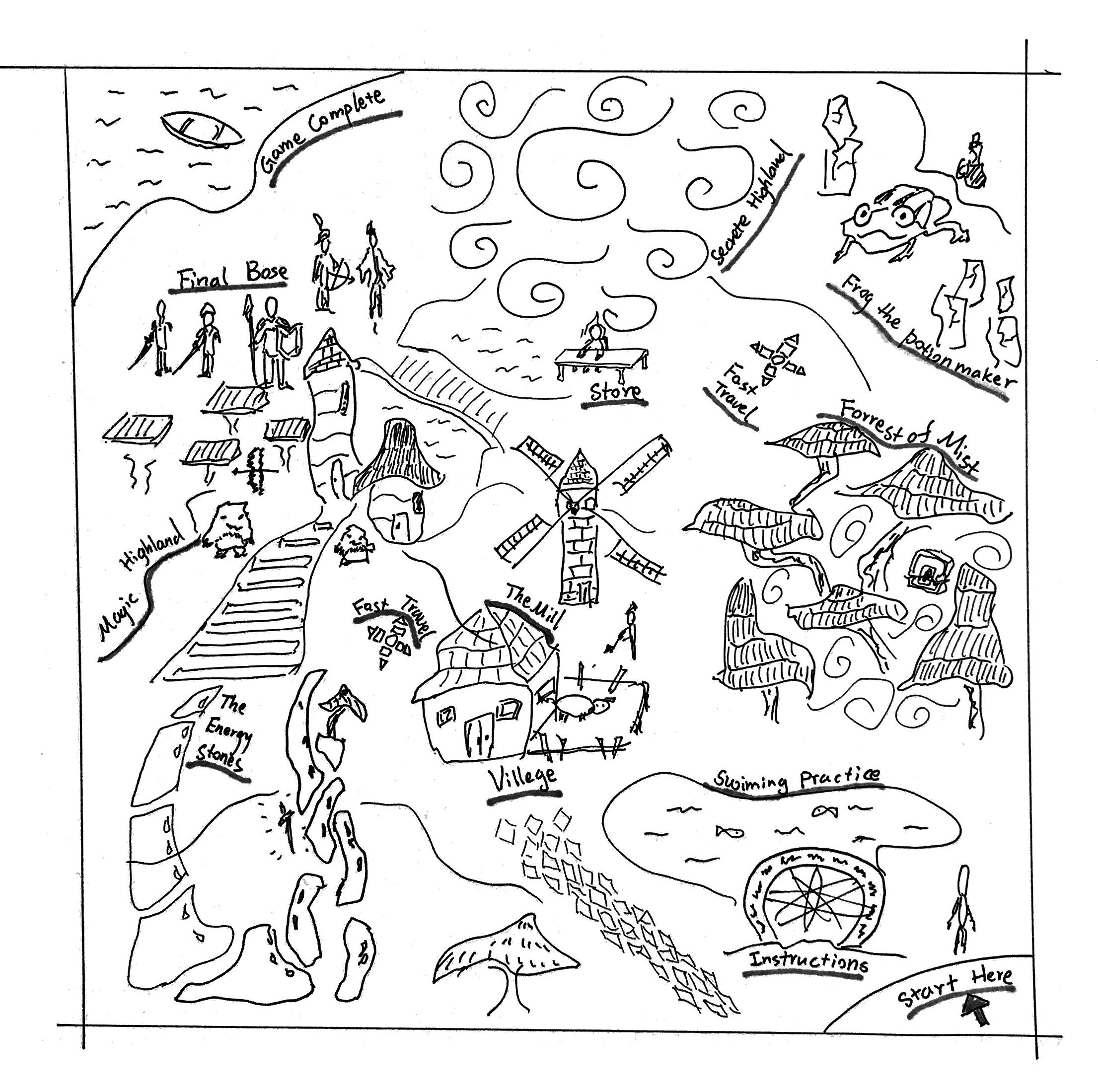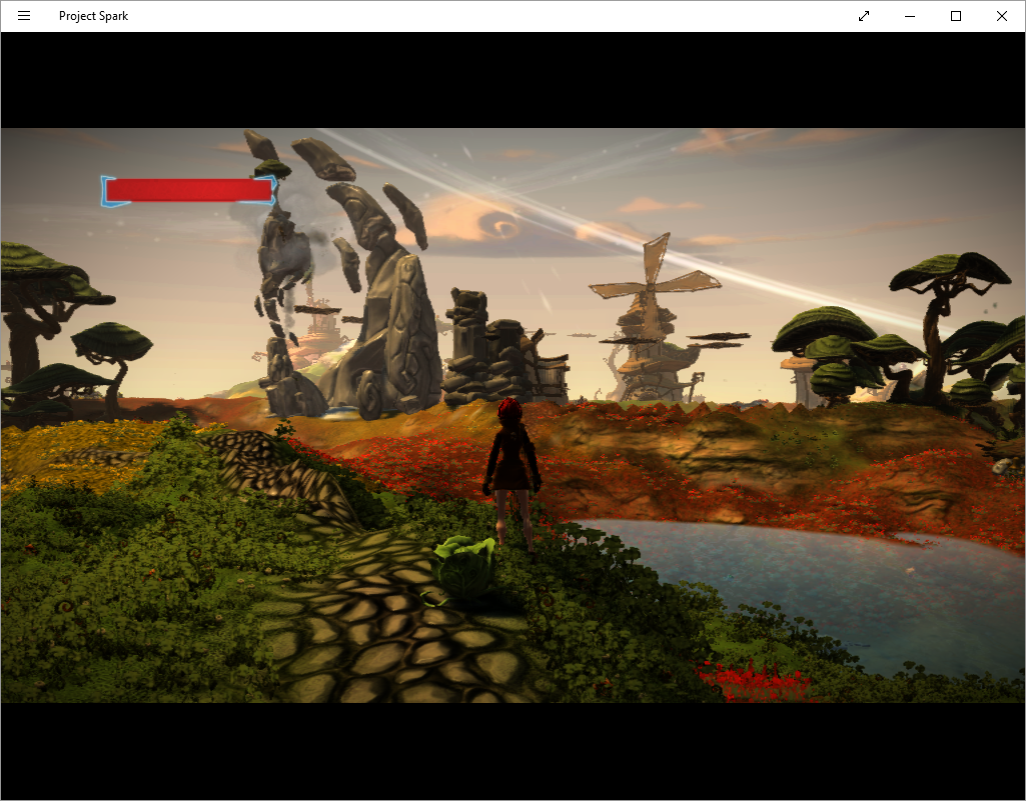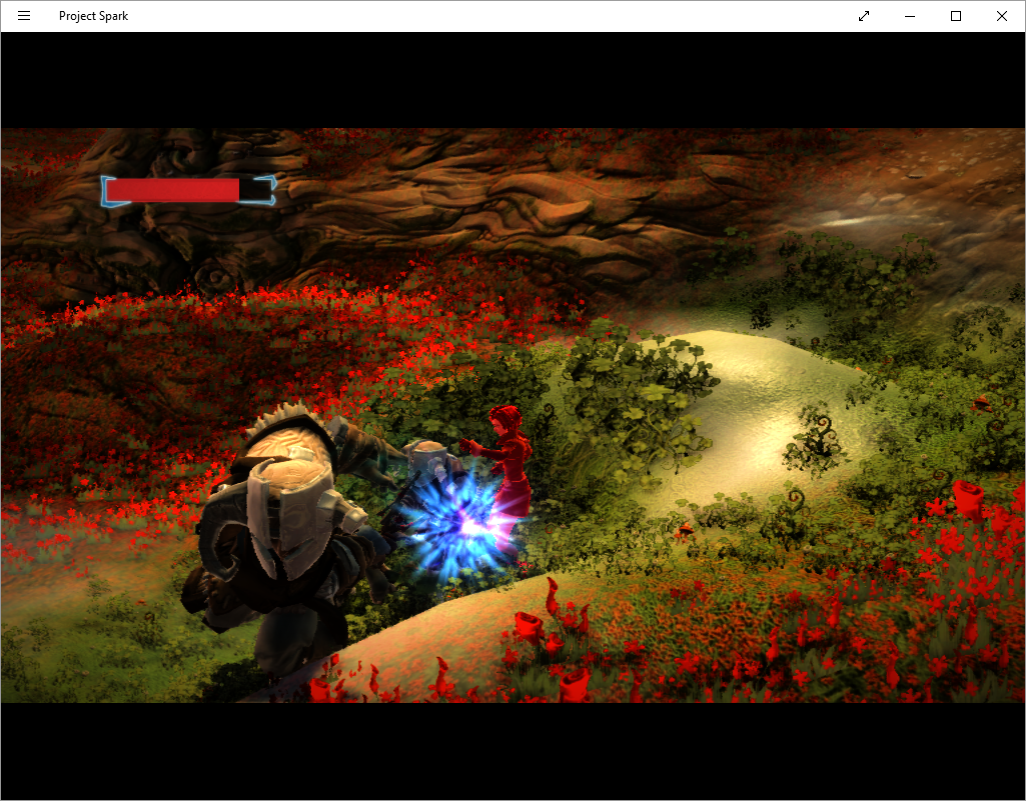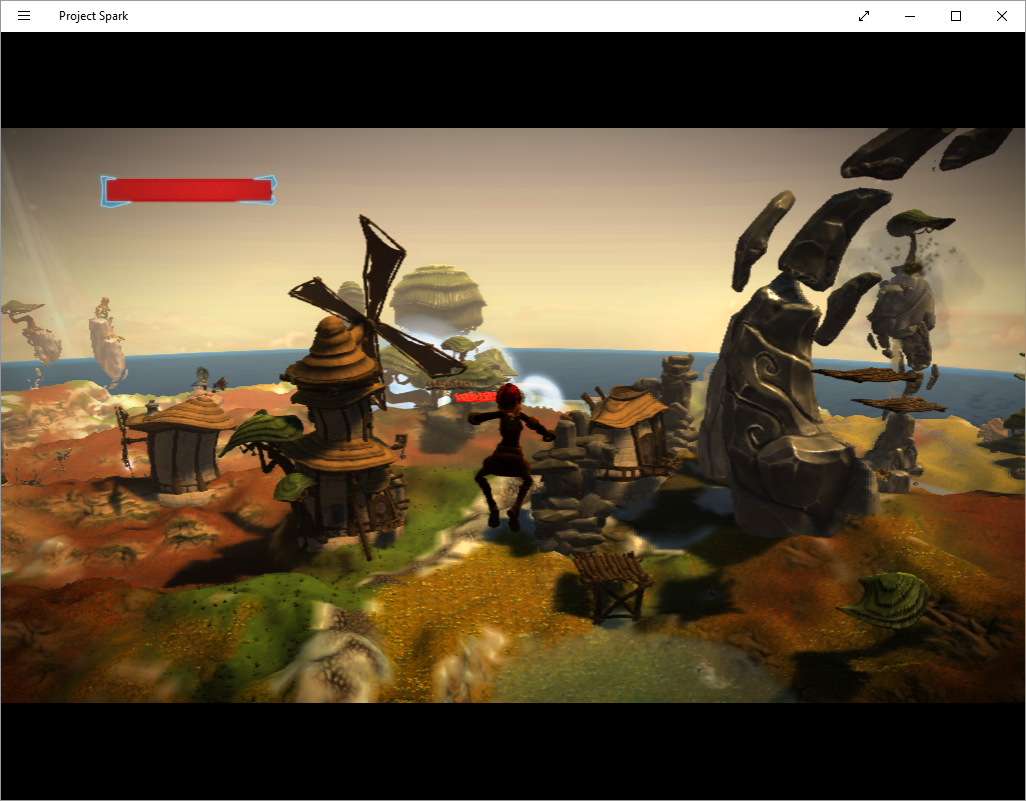This is a documentation of an individual passion project I created with Microsoft’s Project Spark back in collage time. Among major game engines like Unreal, Unity and RPG maker. However, as an aspiring video game designer with only a spring break to spare, I went with project Spark for its simplicity as it allowed me to quickly prototype ideas without having to develop every asset.
Project Spark
Microsoft's attempt to build a video game making and sharing community
What’s the big idea?
Since the goal was to get an overall idea of video game development, I didn't want to limit myself into one type of video game. Thus, I decided to make a 3D Role Playing Game (RPG) because this genre encompasses most video game experiences including art, character design, storytelling, level design, environment design, music, etc. The goal was set high, but it's worth a try.
Game Workflow
This RPG contains a main quest line with several side quests for a short but fuller experience
Creating a world that houses the ideas
The design of the maps started with pen and paper. To visualize all items that I wanted to create in the game, I first drew my imaginary world with as many details as I could. Then I arranged my creations in the map trying to connect individual ideas to form a cohesive storyline. Here is a list of locations in the world:
The Quest Stone: starting point of the game, when the player approaches the stone, the stone will display a message telling the players what to do in this game
The Peaceful Pond: a pond full of fish. It’s completely harmless for players to get used to their control
The Village: a seemingly peaceful village. Here players can interact with several NPCs and accepting side quests
The Forest of Mist: a forest surrounded with dangerous mist for higher level characters to test their skills
The Energy Stones: a platforming challenge with floating stones. Players can find a powerful weapons if they succeeded
The Highland: a depleted village occupied by a herd of magical creatures. Players can level up by slaying monsters here
The shop: where players can buy/sale stuff
Frog the Potion Maker: for players to make potions
The Plateau: highland for players to train their skills
The Final Boss: the main antagonist of the game
The Boat of Victory: getting on this boat means players beats the game
The initial sketch for the map, including landscape, NPCs, landmarks, quests, and interactions.
Designing a character that progresses
Character design is essential to the gameplay. To avoid repetitive game experiences, I designed three types of characters for each of the three levels in the game. As for NPCs, besides simple friendly vs. hostile attributes, many also provide side quests.
The interactivity in Project Spark is called the “brain editor”, where I edited how the character respond to player's control and the environment. This bit is equivalent to programming "when, for and if" loops. I created a “brain” for each characters, making sure players have evenly-paced progression.
Level 1: player controls - adventurer (melee). This brain allows walking, running, swimming, and light/heavy attacking
Level 2: player controls - magician (melee & ranged). This brain allows range attack
Level 3: player controls - flyer (melee & ranged). This brain allows flying
Sculpturing a realistic landscape
Creating the landscape in Project Spark is like using the map editor in games like Warcraft 3, where I did:
Dilating and Eroding: to build ponds and hills where the ground needs to be lifted or eroded. The default altitude of the ground is about 1 feet above the water level, so the concave caused by erosion will be filled with water
Color and Texture: after sculpting the landscape, I applied color and texture to the surface, such as snowy surface to the plateau, rocks on the hills, and grassland with flowers on flat grounds
Enriching the world with objects
To make the world even more realistic, I put tremendous amount of objects in it, many of them being interactive. Objects also give meaning to NPCs living in this world, such as their houses, tools, and personal items. Environmental assets like plants, rocks, and fogs also enriches the world.
Programming attributes for each object. What is the weight of an apple? would it stay still or fall when isolated? Is it penetrable? If it is an interactive object, how does it interact with the player?
Augmenting immersion with music
How could a video game be without music? Even for this small scope project, music is necessary for a complete gamer experience. So, I composed a theme song along with a few tracks using GarageBand.

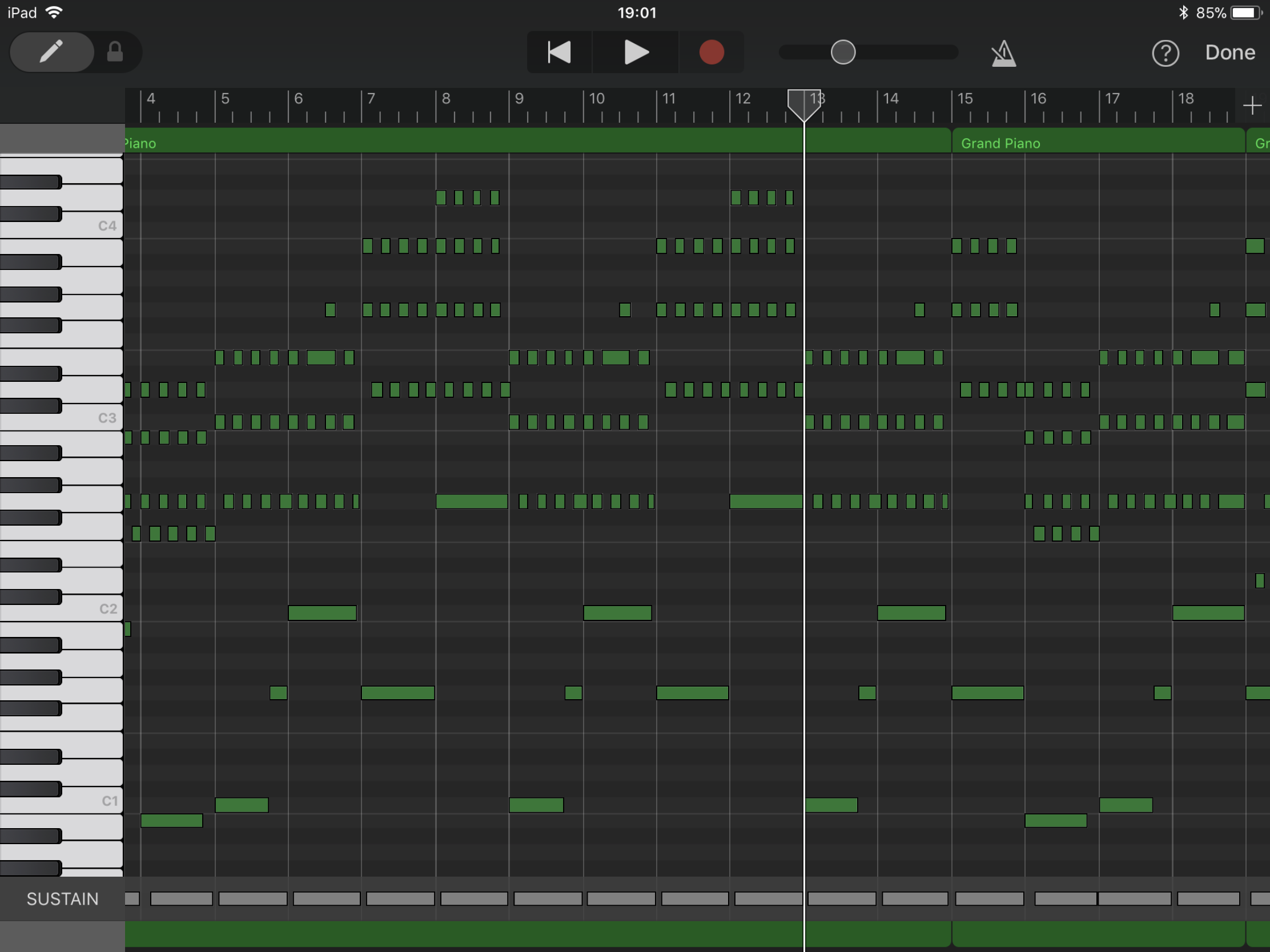
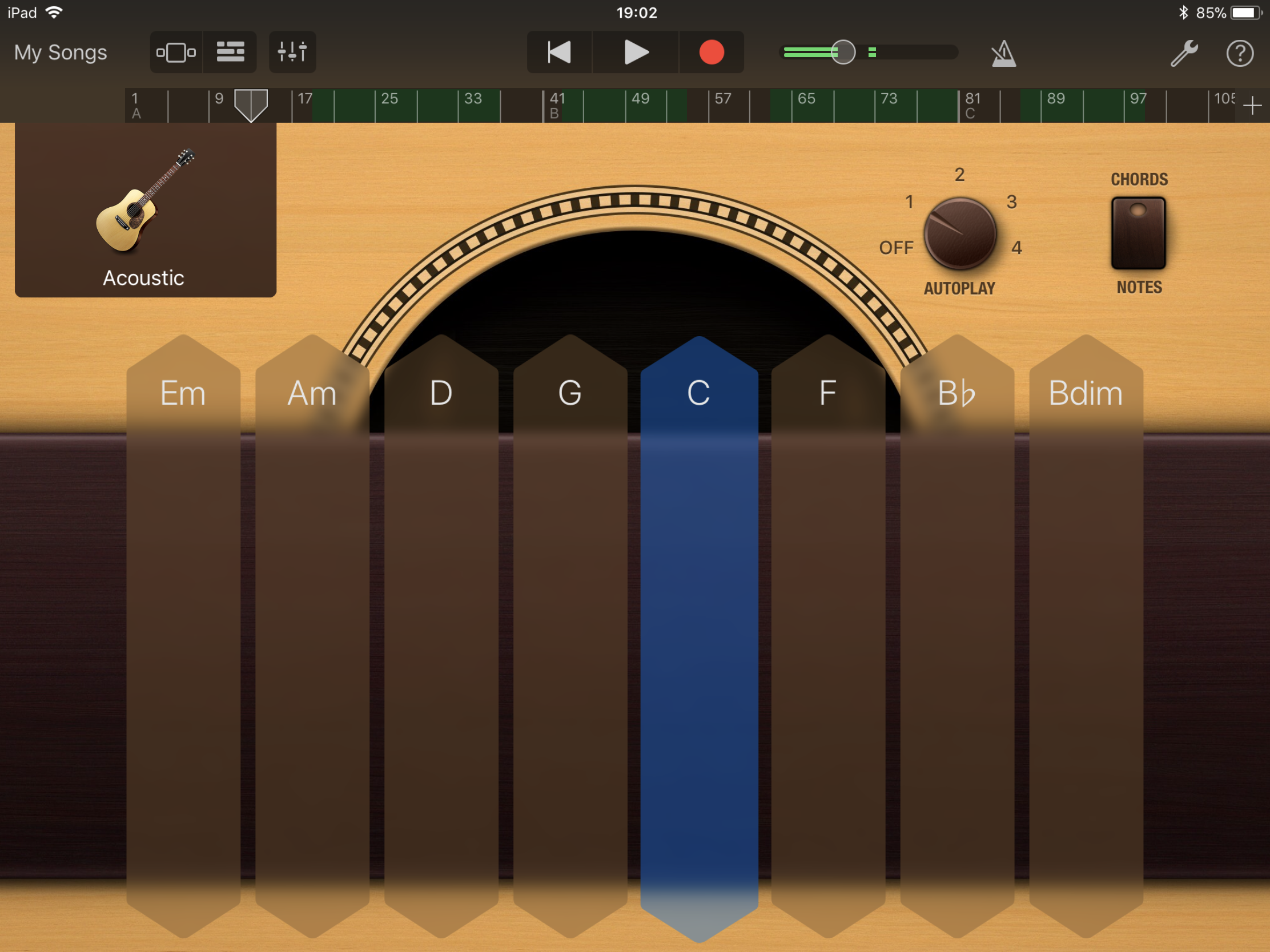
Show Your Work!
One can’t learn by working on their own. Even though this project was by no means a masterpiece, I still invited few friends to test it out. The feedback was overwhelmingly positive. I made a few changes based on the feedback, then released the game on Project Spark. From the most recent statistics, the game has been played 100+ times and received 8.1/10 scores rated by other players.
Server Shutdown
Unfortunately, Microsoft announced that Project Spark would no longer be available and that online services would shutdown. I was not notified in advance. As a result, the game was removed from the server and all the data was lost as the game was discontinued.
The only documentation I still have are the screen captures taken when I developed this game (thankfully I took some). Though the game was gone, the seeds for creating games were planted, which led to my later work on creative writing and video work.



